According to You: The Best Starter Classics
Living in most car-centric parts of North America almost guarantees you an ample supply of vehicles for sale, and sometimes those vehicles can be considered classics. Many can be considered a “starter” classic for a budding enthusiast, but my suggested choice didn’t resonate with anyone. Perhaps there are too many cheap Ford Explorers where I live, and not enough vintage trucks/classic cars for the same prices.
But validation from others is not why the According To You series exists. Instead I choose to get the ball rolling, and let the Hagerty Community take it from there. And it clearly was a success, with great suggestions for starter classic vehicles from a variety of backgrounds. So let’s see how you answered the question.
First-Generation Mustang

@gerry: I think the 1st gen Mustang are a great place to start. There are plenty of units available, you can get a car from with a tree growing through the hood to a fully restored example, and everything in between for whatever your ability may be. Every part is readily available, there’s no searching for obscure parts.
@Mustang Kenny: I agree. They made so many that are still out there and many places make parts. And unlike newer cars that go down in value, classic cars go up in value so you get to enjoy your investment hands on.
@hyperv6: First gen Mustangs have been way under priced for years unless it was a Shleby.
@RichyRich: First gen Mustang…
BMW 2002
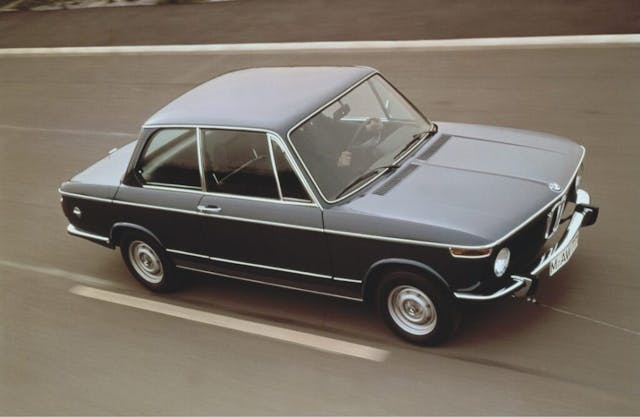
@David: For the first time owner of a classic, I would recommend cars that sold well when new, so there are plenty of examples from which to choose, so you’re not forced into picking something beyond your skills. This also leads to cars that with well-supported parts networks and active owner groups in virtually every part of the country. Mustangs, Camaros, Chevelles, Volkswagens and any number of pickups from Chevy and Ford. Did I follow my own advice?
No. I chose a BMW 2002, which is isn’t a BAD choice, but not the best choice.
@Ken: BMW 2002 is a great choice, IMO. Parts are still readily available and its easy to work on. It has the classic look, and it was my first classic as well.
@Stu: Those are great cars. Plenty of them are in Southern California.
Any(?) Truck With A Good Frame
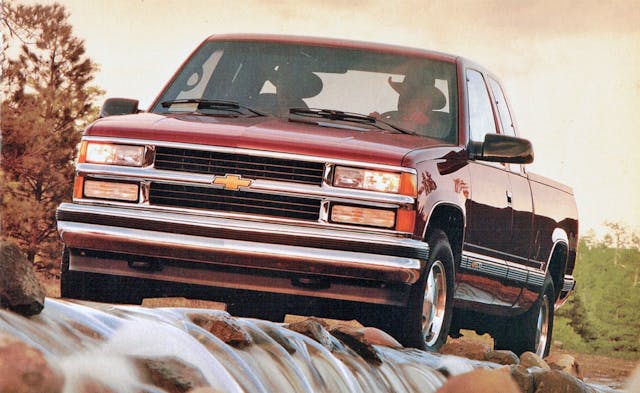
@hyperv6: The one to do is a truck. Ford or more so a Chevy. if you have a good frame you can buy about any needed part to restore one. The engines were made in the millions per year not in total. The best part is a well restored truck can bring a good profit as they are selling well once restored.
Most Camaro, Mustangs and Chevelles are priced out of reach anymore. Rusted shells can go for $10K. Find a basic truck on a farm and restore it, the 1960-1970’s examples are prime right now for restoration parts. The profit made on this can be applied to a better car at the next level.
@snailish: Truck is the entry-level answer all day long. Where I live the 60s trucks (especially GM) are now really pricey and the 70s are starting to catch up. If you can snag a good one at a decent price do it. Hagerty likes the term Radwood for anything 90s, and this is the sweet spot of hobby entry point.
While you still will see the odd GMT400 truck being used as a beater work truck they are declining fast. Prices on pristine ones in sought after specs (454 SS, shortbox 4×4, etc.) are rising but generally not yet out of reach. 90s trucks are a nice blend of modern/archaic. They made millions of them and they are hitting the bottom of depreciation curve. Modern mechanics have worked on them (unless it’s a really new mechanic at a dealership I suppose). They aren’t giant bloated things, yet they exceed most users truck needs for 99% of the things you want to do (if you need a heavy-duty towing rig –buy a 3500).
@Glenn: Any GM truck from 1973-87 (Square Body) or the C/K series from ’88-97. Easy to work on, and parts availability both new and used, is great. I did a mild refresh on a ’92 long bed a few years ago and was amazed at how easy it was to work on.
C5 Corvette
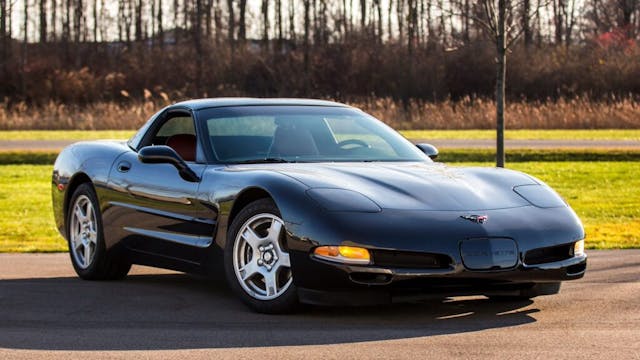
@MeJ: I’ll vote a C5 Corvette. They are reasonably affordable, easy to maintain, mod, and enjoy. I believe these actually will be considered “classic” one day.
@hyperv6: As a owner of a C5 I will agree. They are the performance bargain right now. as a low mile car can still be had cheap. You may never get split window Corvette money for a C5 since there are so many, but if in good condition they will maintain and grow some value as time goes on.
BMW 3 Series
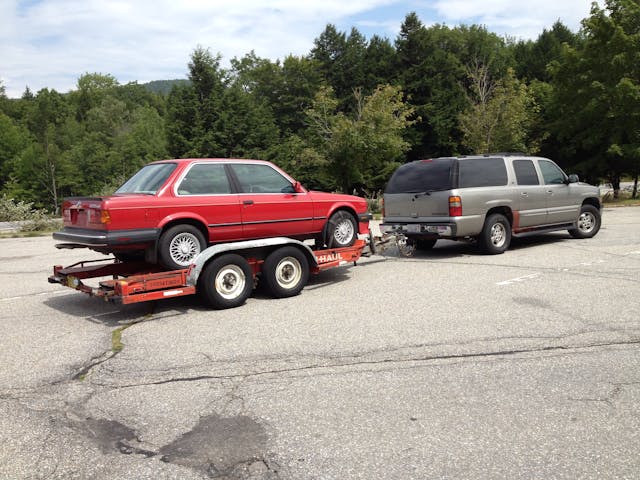
@TG: 3 Series Beemer. You can get them at throw-away car prices, and there are plenty of parts for them. Not the easiest things to work on, but most starter collectors aren’t going to get into serious engine work anyway.
MGB

@MGWrench: I think it depends on the purpose of your starter classic. If you want to start a collection, but you’re not interested in maintaining it, then buy the best example you can afford of the car that excites you the most and enjoy.
If you want to learn how to restore and maintain a classic car, then I would recommend an MGB or MGB-GT. They are simple cars that are still affordable and with care can be reliable drivers, but the rules that must be adhered to are: 1. Make sure you keep oil in the carburetor dampers, and 2. Most carburetor problems are actually ignition, so install an electronic points replacement.
C4 Corvette
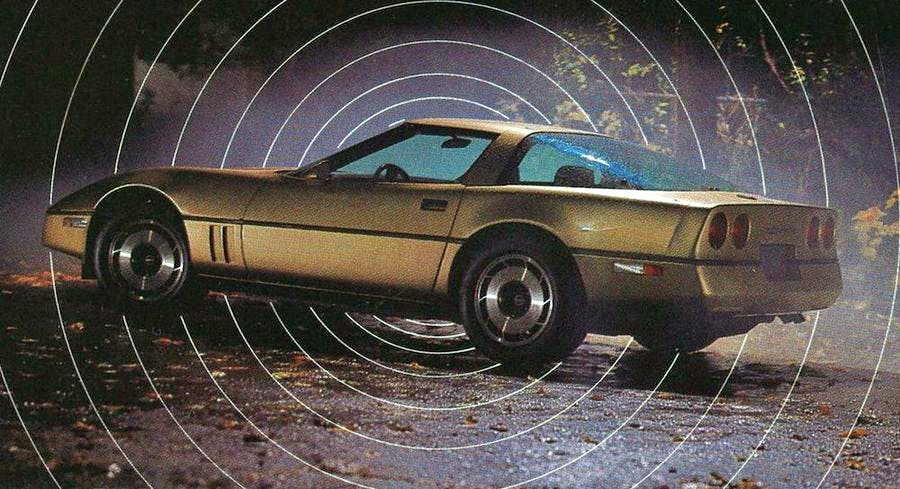
@Vehicle Nanny: If performance is your desire, I recommend a C4 Corvette (1986 or newer). The digital dash is not the nightmare some might think. Even 20 years ago I was able to fix mine for about $50 (and this was before YouTube!).
Tri-Five Chevy
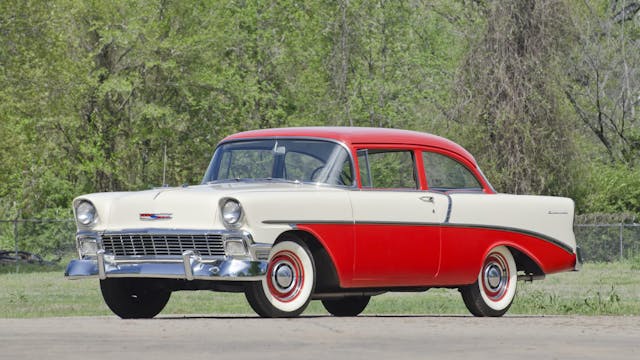
@Bob: I would tell them to start with a Tri-Five Chevrolet, 2 door. All parts are available, so find one that has the least amount of rust (they all have some rust) do not worry about the drivetrain. Do all your own work, the internet is full of advice, IMO.
Volvo 122

@JH: Volvo 122 series hands down! I am thinking of youth, or young adults, and a good starter classic that is durable, financially accessible, easy to work on, enough manufactured to have a good parts supply but still rare enough to seem unique, and a safe and fun car to drive! The Volvo 122 can be restored, modified to rally specifications, or built as a daily driver.
When built to rally specifications, the Volvo cars were a worthy match for many of the other cars of their era. The Volvo 122 is far easier to work on with better parts availability and less expensive to acquire and maintain than many of the vehicles mentioned earlier.
Supercharged GM W-body

@Dave: If you can find one, get a 1997 to 02 Buick Regal GS. It’s a supercharged, 240 HP sleeper with the bulletproof 3.8 V6. I did a quick search and found one in pristine condition, 64k miles, asking price $6,995.
@Sajeev Mehta: Fantastic choice! I’d add all of the Regal’s W-body supercharged brothers from Chevrolet and Pontiac, as they all have great performance with dirt cheap replacement parts.
Volvo 240

@Howard: Volvo 240, especially a later model. Not sexy or quick, but younger people appreciate the cool factor of the quirkiness.
Chevrolet Corvair
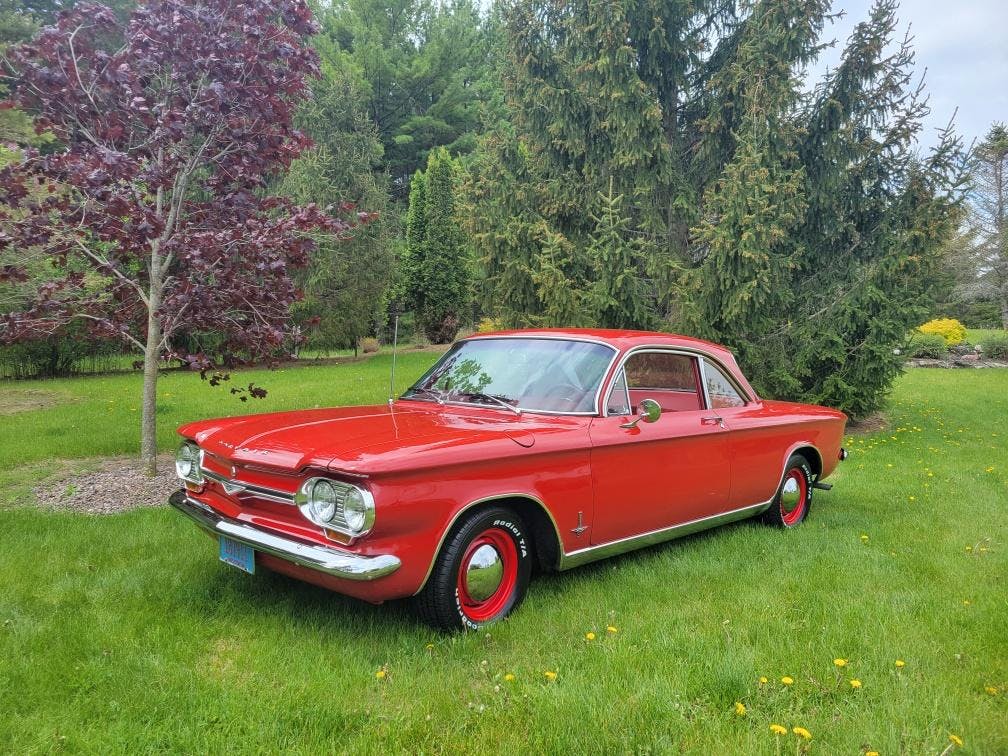
@Paul: If you want something a bit different look at a Corvair. They’re still relatively inexpensive to own and restore. There are Corvairs for every taste. There are cars of all kinds plus trucks if you like. They’re still competitive in vintage racing as well as great cruisers. Parts are fairly easy to source and they’re not too complicated for a beginner. There are tons of info about them as well.
Mercedes-Benz 280 SL
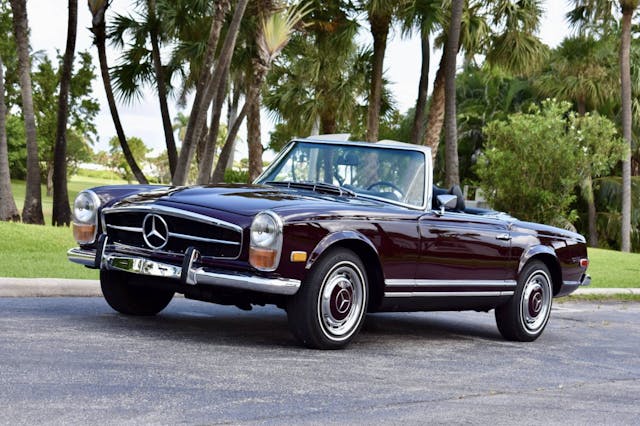
@Ramsey: Mercedes-Benz 280SL! Reliable, respected, readily available support, and almost always the same value when you’re selling as when you’re buying!
Ford Model A
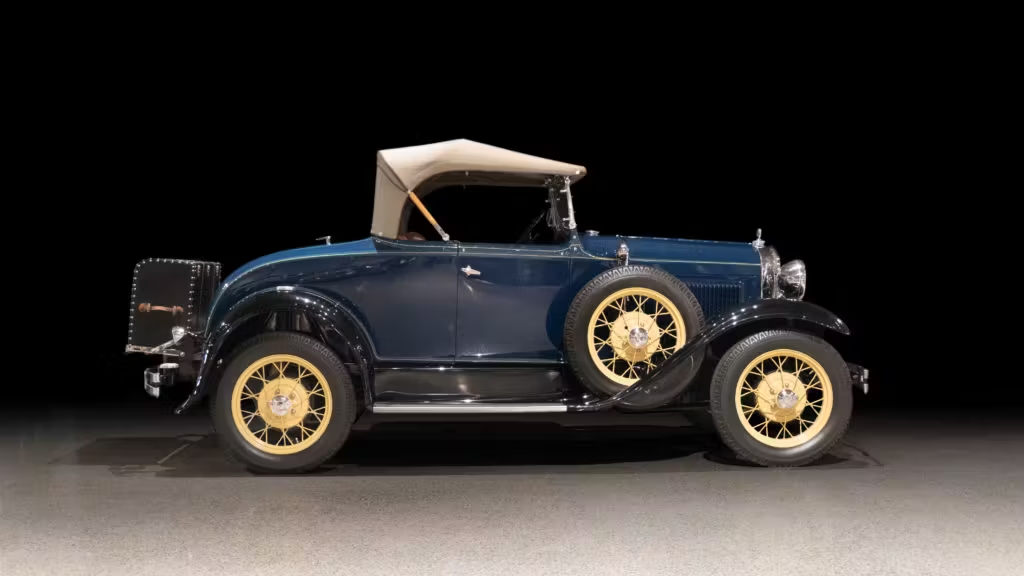
@Jim: I will take a slightly different tack with this question. First, the key words here are “first” and “classic.” In that context, I suggest a first classic should be something designed for the person who is actually entering our world but has little to no experience with either cars or mechanical work in general.
My suggestion is then a bit off the wall: I recommend a Model A Ford, for the following reasons. They are plentiful; Henry literally made millions and a satisfying number are still out there. They are dirt simple. Model As are a wonderful basis for a person to really learn the fundamentals of how cars work. A copy of Martin Stockel’s book on automotive fundamentals and repair (first or second edition is recommended) is an excellent basic handbook for the newbie. A Model A specific book will be invaluable as well. The whole industry that we depend on for maintaining and restoring our classics today was founded on the maintenance, repair and restoration of Henry’s early cars. There is an enormous support for Model A parts and services. The cars themselves are not outrageously expensive, unlike more modern vehicles. Check out a current Hemmings listing for the Model A. Many are available from professionally restored trophy winners down to the bring a trailer category.
I suggest the new person look for a car that has been previously restored, several years ago, and preferably a home shop amateur job. These are amazingly cheap when compared against most other candidates. It will be something that can be repaired fairly easily, is not too expensive, and with simple tools can be repaired or rebuilt easily. By seeking out a previously home brewed restoration, the newbie will get something useful, will be inclined to use it around town and will usually be close to home if some “unscheduled” maintenance is needed. The qualities of simplicity found in the Model A will provide the new person everything needed to learn automotive fundamentals and enjoy a first classic without breaking the bank. Finally, when it is time to sell there will be a ready market for the history and entertainment the Model A represents.
@Septuagenarian Classic Enthusiast: Congratulations are in order, as this is the best answer to the question as stated in the title of the article. I agree completely. Well done Jim!
***
Check out the Hagerty Media homepage so you don’t miss a single story, or better yet, bookmark it. To get our best stories delivered right to your inbox, subscribe to our newsletters.
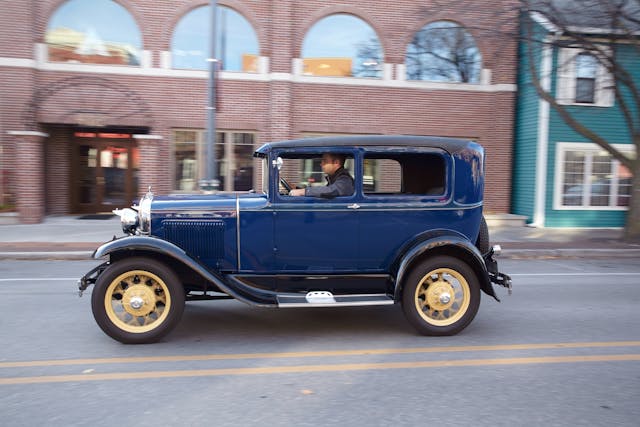
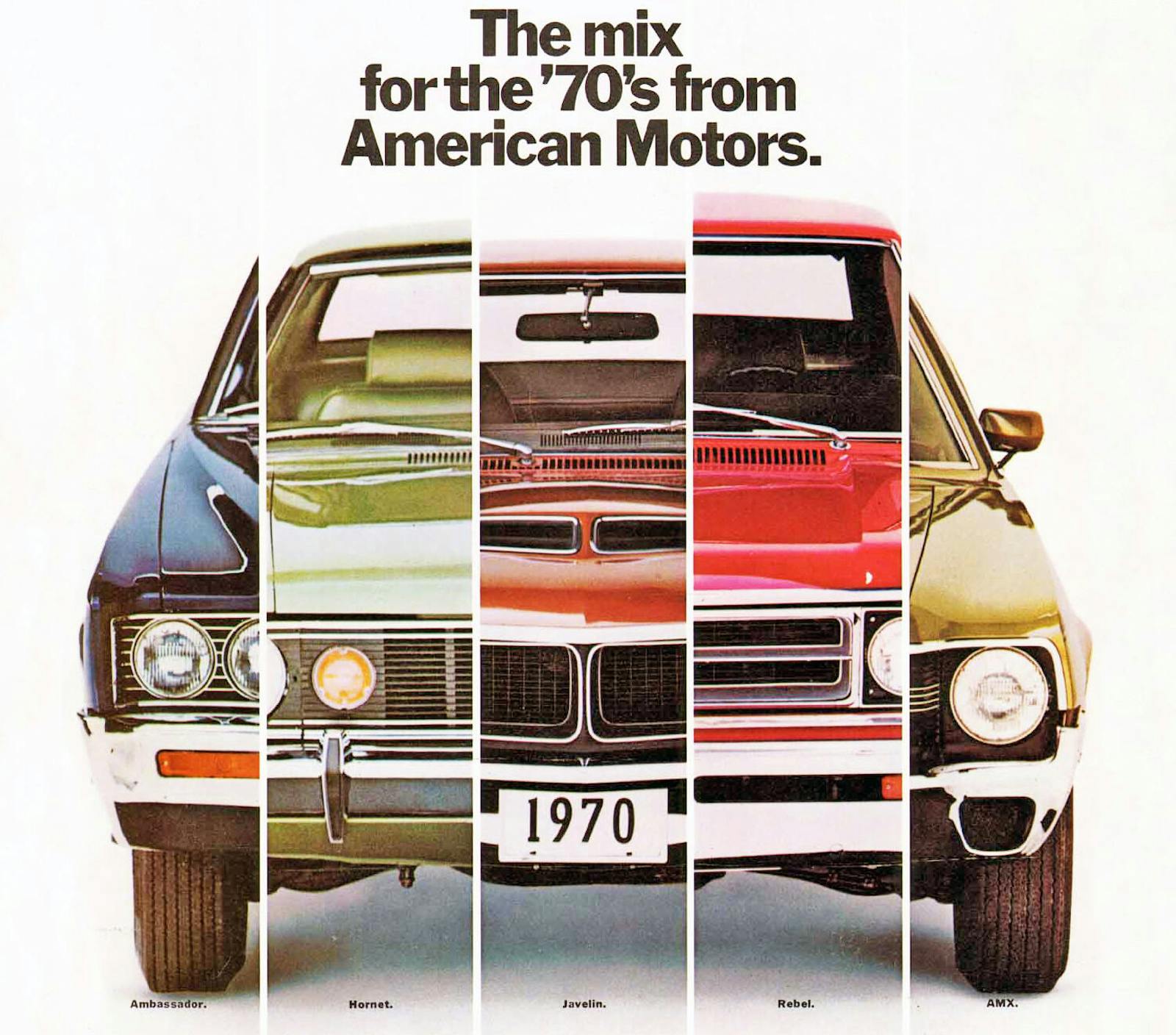

Consider too the Dodge Dart and Plymouth Valiant.
I’ve always been drawn to these at car shows. Basic transportation, usually with slant 6 and push button Torqueflight. Easy to work on, reliable as hell. The hard part is finding one without significant rust, but then again that goes for any of the cars on this list.
I LOVE the Valiant! My parents bought one in 1960 as their first new car. We kids trashed it, of course, so my mother eventually gave it away to someone who needed a vehicle. Too bad; if we’d only known!
Beemers are motorcycles, Bimmers are cars.
Thank you! I came here to post this…
Hagerty suggested the Dodge Dakota R/T pickup a few years ago as a future collectible. As a retiree I wanted a small pickup that could haul a motorcycle and had some power and was affordable. The R/T fit the bill. Finding a rust free stock standard cab took about 6 months of searching. The way pickups are increasing in value I thought this was an overlooked vehicle. And it’s comfortable to drive, just don’t be over 6′ tall. Haha!
I sold my 1930 Model A sport coupe five years ago. I bought it in 1970 for $900.00. It was a great little car. We would put our three kids in the trunk seat and we would go all over the place. It was a little bit crowded when it rained. Our grandkids really enjoyed riding in it.
Perhaps something with a slant-6. A well sorted Dart, Valiant, or Barracuda is as reliable as they come. My second favorite car (after my fj40) was a 66 dart wagon with 3 on the tree. I would get another one. However, back in the 80’s I would get solid ones for a couple hundred bucks. I can’t see spending a few thou on one now.
Perhaps I am an old curmudgeon but I find the use of “Classics” for these cars to be offensive. The word “Classics” has been overused in the collector car arena and may give owners a false sense of the value of their vehicles. A 1962 Cheby Biscayne, 6 Cyl., automatic, four door will never be a “Classic” and the little grandmother who has it needs to realize that it is not.
To me, these vehicles are “Special Interest” or “Collector” vehicles. I am surprised that Hagerty is using the “Classic” term.
Yeah, but that’s just like, your opinion.
Opinions are like A******les. Everyone’s got one and most of them stink. Maybe being more inclusive and less snooty about cars will grow the hobby. That’s good for everyone, not just an insurance company, but you and I also. Gatekeep the use of words all you want, the rest of us are just trying to have fun with cars.
You forgot the best starter cars: Hot Wheels
I wonder how many of us tarted with bicycles?
Tarting with a bicycle is not only immoral, but it’s illegal in many states…
Model-A, no. Just sold my 1929- you can’t enjoy it in modern traffic, too slow, mechanical steering and brakes,… I agree with the “Any truck with a good frame”. Foxbody mustang is getting pricey but that could be a good beginner collector.
I agree with the list and might have placed a A body Mopar to cover the Big 3. A slant six pushbutton auto Valiant or Dart might make a great entry level classic. Having said that there is the “Mopar Tax” you have to pay as replacement parts are always higher in price versus Chevy or Ford.
Mazda Miata NA is also a great starter classic. Still affordable, still plenty out there, fairly easy to work on and definitely fun to drive.
Took the words right out of my mouth (or fingers.) I was disappointed that it didn’t even receive an honorable mention.
The trucks I get. I think the Valiant and Darts are a good deal. To me the C4 has never been any good. Corvair parts and Benz parts are stupidly priced. I haven’t seen a cheap BMW in some time. The MGs are simple to repair and cheap. Model As are what they are old and slow and that’s ok if you like it. Volvos are ok but I really don’t have enough knowledge to judge them. I’ll throw in a Buick Reatta for uniqueness.
I’m sort of surprised there is no mention of the 1982-1992 Camaros and Firebirds. Also, the early fox Mustangs from 1979-1986 make a good choice. All of them have plenty of aftermarket parts with a ton of solid cars still out there to chose from.
No 986 Boxster? Supposed the mid-engine makes it impossible to wrench at home, but in terms of fun for the buck, hard to beat.
Interesting that the Mustang is mentioned for the availability of parts and number of vehicles produced. Why not the First-Gen Camaro, Nova or Chevelle? I am working on a very modified 48 Ford F-1. It became clear – very rapidly, the modified market is GM. The F-1 sports an ’87 Mustang 302, but the wiring, starter and distributor are all GM based. GM seems to rule the aftermarket. I struggle with finding parts and knowledgeable Ford folks. But when I do find a “Ford person”, they are always so helpful and almost “cult-committed” to the brand!
I disagree with almost all of them. It’s not that they are bad cars, but most on the list are hard to find in good enough shape for a reasonable price, mid-80’s Vettes excluded (they are cheap but can be problematic). You DO NOT want your first try to be a nightmare that eats up all your time and money.